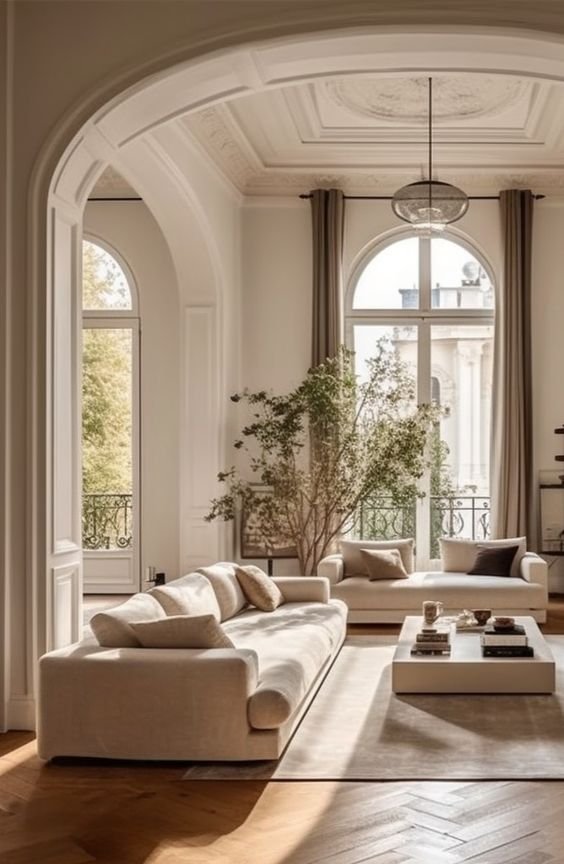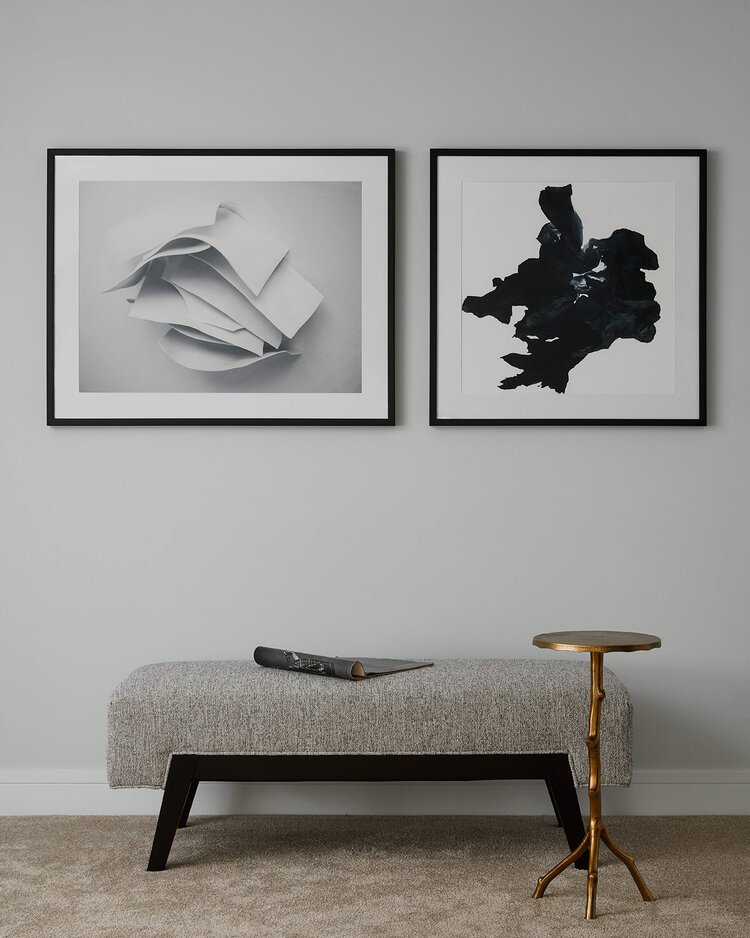How to Merge Conflicting Aesthetics in Decor
/PHOTO CREDIT: PINTEREST
When you’re not designing a home from scratch, it often means that you’ll have pieces from different places and styles that may or may not coordinate. You might be moving in with a partner who has completely different aesthetic values, or perhaps you’ve inherited antique furniture that doesn’t blend with your contemporary home. Fortunately, merging different design styles is completely possible and will ultimately add personality to your spaces.
PHOTO CREDIT: PINTEREST
As a leading Chicago interior design firm, we’ve worked in every interior design style imaginable and know exactly how to create a warm, welcoming space no matter what. Here are our tips on how to integrate different interior design styles to create a unique, eclectic mix that will feel like home.
Start with Neutrals
When you are merging different design styles, it’s really important to keep everything as simple as possible, which means starting with a neutral base. We start with either beige or white walls, providing a blank slate that can serve as a backdrop for any kind of decor. You can add color in later once you’ve placed your key furniture pieces.
Avoid Dividing Rooms By Style
We view every home project holistically with each room flowing into the next. It’s an easy mistake to think that using one style in one room and one style in another will solve the issue of different styles. In fact, it creates a more chaotic atmosphere. Instead, it’s much better to bring different style pieces together to create an eclectic room aesthetic that carries throughout the home.
Choose a Focal Point
PHOTO CREDIT: Paula interiors
Once you’re ready to start decorating, we suggest starting with one focal piece that can serve as the middle ground between your conflicting interior design styles. It may be a sofa, rug, or work of art – something large that will immediately grab attention. Using this as the anchor, you can then slowly bring in pieces that coordinate in some way, whether through color, material, or texture.
Photo credit: Paula interiors
Color as a Unifying Factor
On that note, color is the easiest way to blend conflicting design elements. When two pieces share the same color family, they naturally feel in sync. For example, even if you are using a traditional Persian rug with a balloon dog sculpture, as long as they both feature a shade of red, they won’t look out of place together. A shared color acts as a bridge, creating a natural visual flow in the room.
Use Blank Space
We definitely believe in the power of negative space when you are working with diverse decor. Leaving space wherever possible between furniture and accessories that are not the same style will allow them to breathe, avoiding clashing. When you have an eclectic style, it’s important to keep accessories minimal to keep your space from feeling cluttered.
Rather than trying to avoid the tension between conflicting interior design styles, learn to embrace it! The contrast between different aesthetics can actually be really refreshing, creating a space that feels like home, rather than a cookie-cutter design. Instead of fighting for common ground, let the interplay between the conflicting styles become the defining feature of your home's decor.
Get in touch with our Chicago interior designers today to start your design or renovation project!




